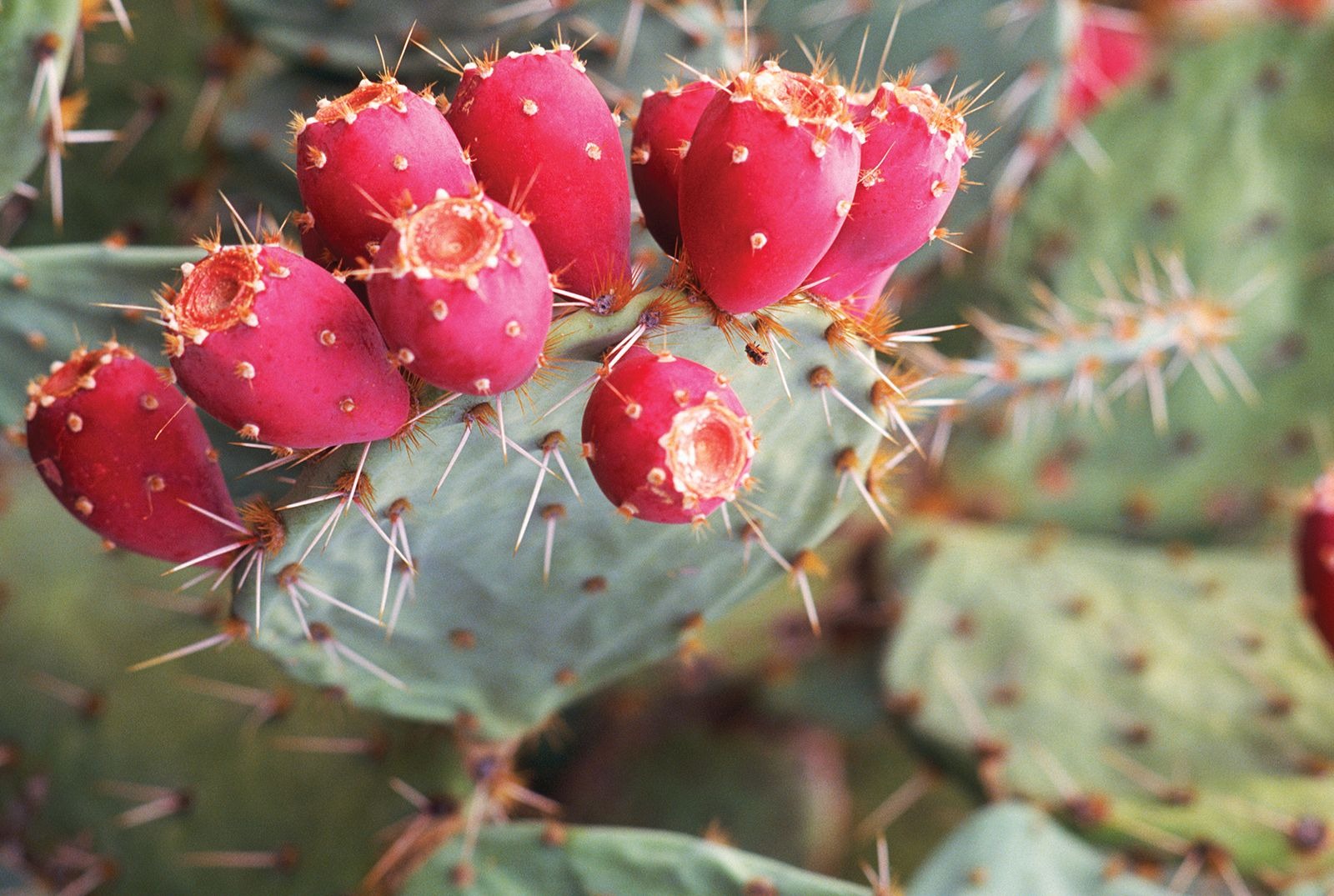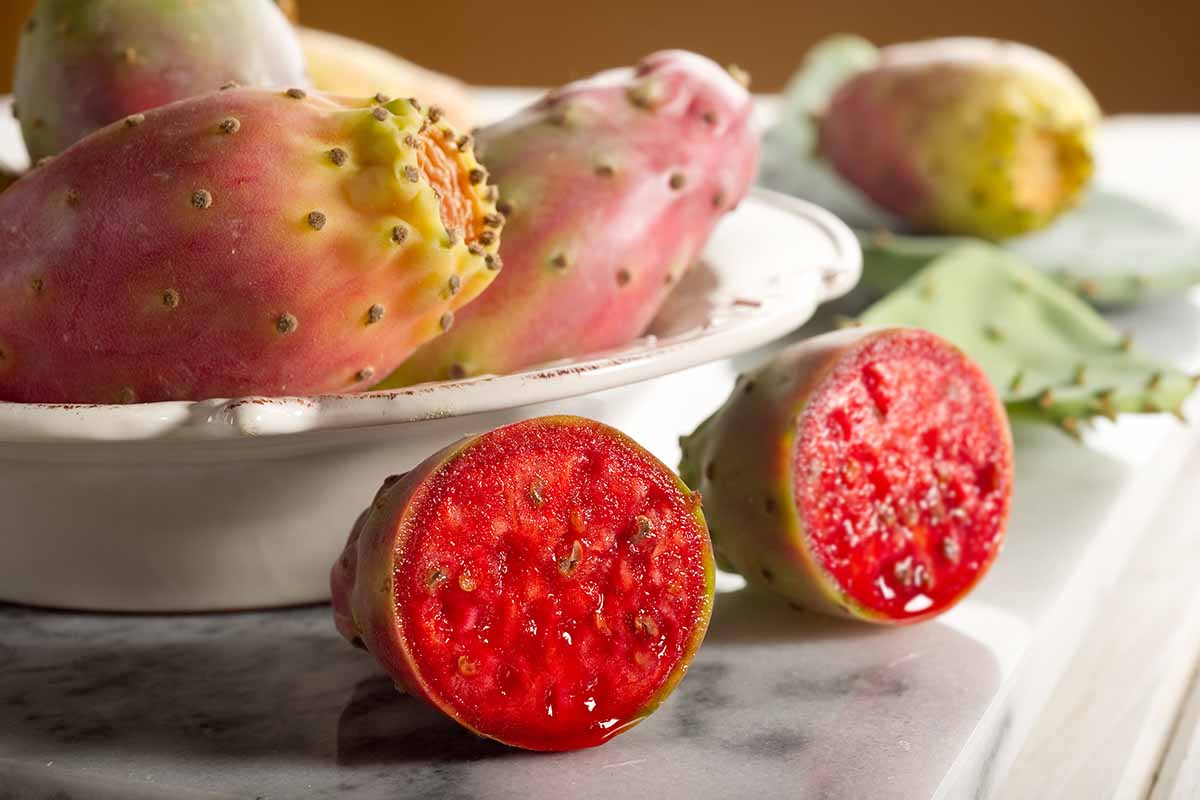Prickly pears are the fruit of a cactus found in many parts of southern Italy and the Mediterranean.
In fact, they originally come from Central America and are rich in fiber, vitamins, and minerals. They’re an excellent food, perfect for avoiding nutritional deficiencies—especially in the summer.
The prickly pear is one of the symbols of southern Italy. But despite its name, this fruit—and especially the plant it grows on—does not come from Mediterranean countries and has nothing to do with India. It actually originates in Mexico and was brought to Europe, Africa, and even parts of Asia by Spanish explorers.

What is prickly pear?
The prickly pear cactus, known scientifically as Opuntia ficus-indica, belongs to the cactus family (Cactaceae). It has broad, thick, flat pads covered with sharp spines. It produces beautiful, colorful flowers that develop into bulb-shaped edible fruits, also known as “tunas.”
Why are they called “prickly pears” in Italian—fichi d’India—if they come from Mexico? The story goes back to Christopher Columbus. In 1492, upon arriving in the Americas, he believed he had reached India. When he brought these fruits to the Spanish royal court, they were given this exotic name. The Aztecs, however, had long called them nopales.
The fruits come in vibrant colors, ranging from yellow to red, often creating striking contrasts. Their shape can vary depending on the season—rounder fruits are early harvests, while elongated ones are late-season. They typically weigh between 150 and 400 grams.

Prickly pears are the fruit of a cactus found in many parts of southern Italy and the Mediterranean.
In fact, they originally come from Central America and are rich in fiber, vitamins, and minerals. They’re an excellent food, perfect for avoiding nutritional deficiencies—especially in the summer.
The prickly pear is one of the symbols of southern Italy. But despite its name, this fruit—and especially the plant it grows on—does not come from Mediterranean countries and has nothing to do with India. It actually originates in Mexico and was brought to Europe, Africa, and even parts of Asia by Spanish explorers.

What is prickly pear?
The prickly pear cactus, known scientifically as Opuntia ficus-indica, belongs to the cactus family (Cactaceae). It has broad, thick, flat pads covered with sharp spines. It produces beautiful, colorful flowers that develop into bulb-shaped edible fruits, also known as “tunas.”
Why are they called “prickly pears” in Italian—fichi d’India—if they come from Mexico? The story goes back to Christopher Columbus. In 1492, upon arriving in the Americas, he believed he had reached India. When he brought these fruits to the Spanish royal court, they were given this exotic name. The Aztecs, however, had long called them nopales.
The fruits come in vibrant colors, ranging from yellow to red, often creating striking contrasts. Their shape can vary depending on the season—rounder fruits are early harvests, while elongated ones are late-season. They typically weigh between 150 and 400 grams.


